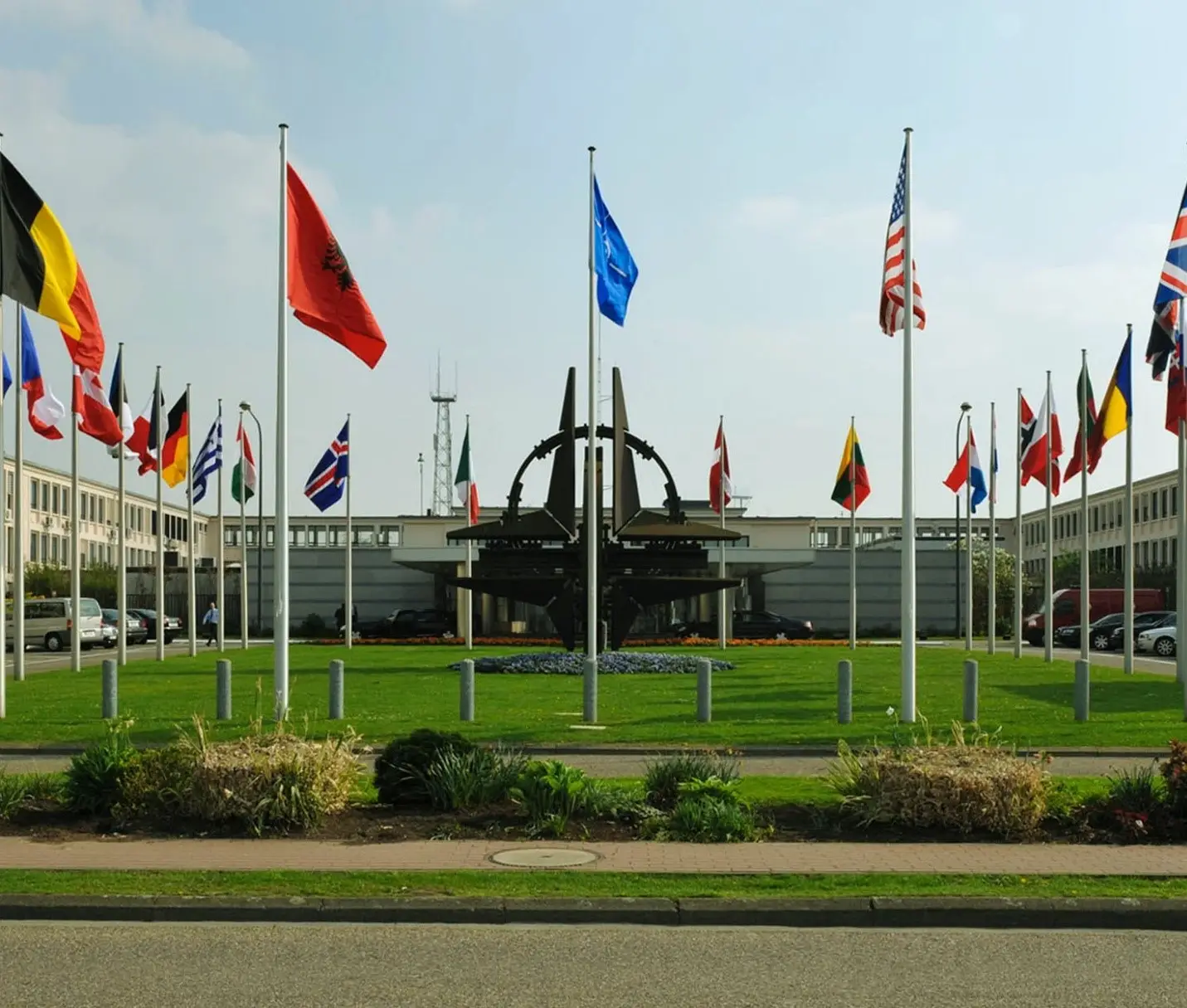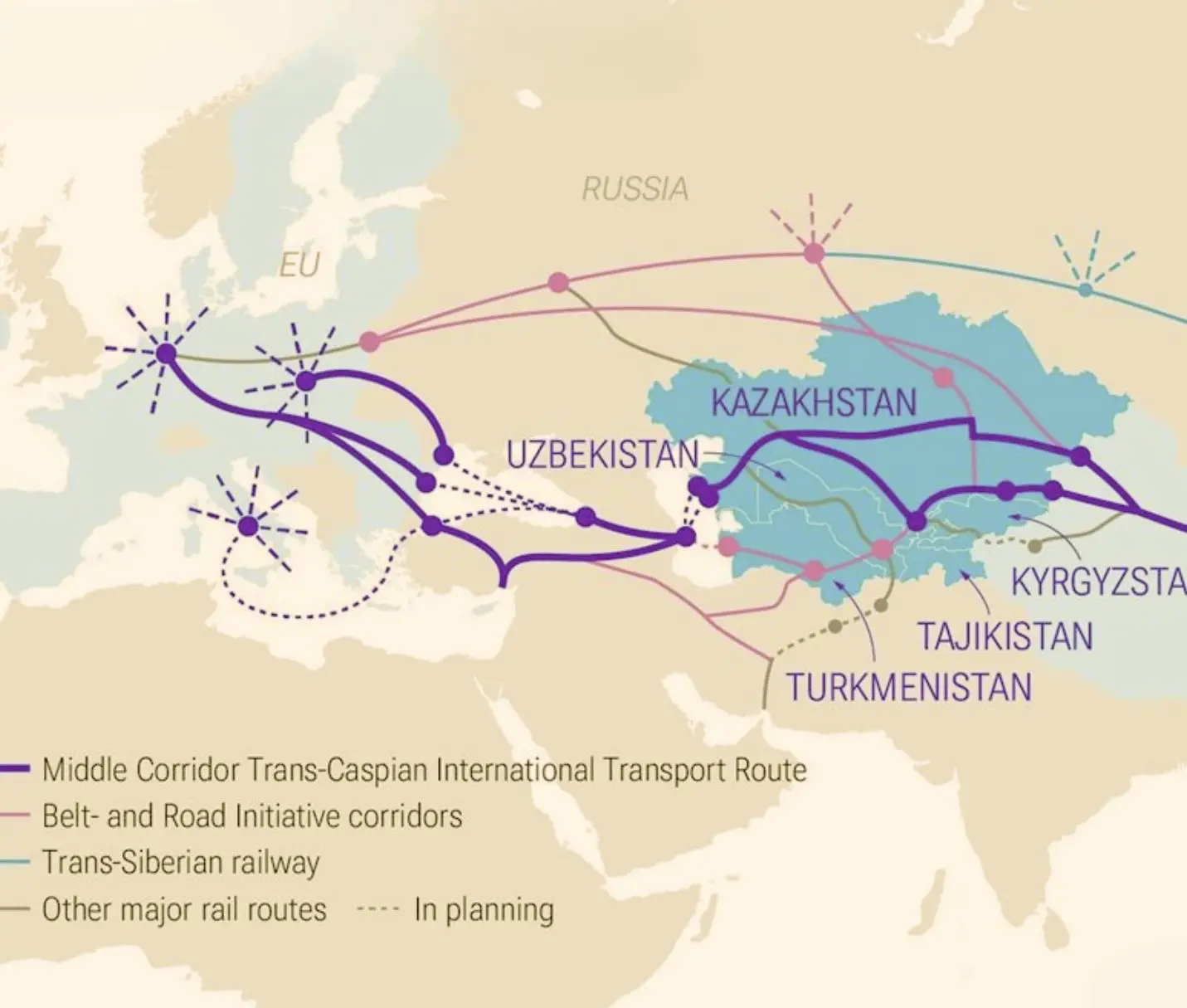For decades, collective European self-defense was more an aspiration than a reality. Today, the moment to realize this ambition has finally arrived. Momentum across Europe is building: years of incremental steps toward strengthening European defenses gave way to significant action after Russia’s invasion of Ukraine in 2022, and these efforts have accelerated in the six months since U.S. President Donald Trump assumed office. European leaders pledged a sharp increase in defense and defense-related spending at the NATO summit in June, raised commitments from two percent to five percent of GDP. To honor these pledges, Europe is introducing new financing mechanisms and dismantling long-standing barriers to defense industrial cooperation.
Strategic Imperative for Adjustment
The danger now is that Europe could lose this momentum and that United States, by delaying an expected drawdown of forces, will let it. Both sides have compelling reasons to see Europe’s defense buildup succeed. The United States would be able to free forces stationed on the continent for other missions or make cuts and pocket the savings. A more capable Europe would become the kind of partner that Washington needs, while gaining freedom to set its own global strategy.
To ensure that this rebalancing takes hold, the administration must begin a substantial withdrawal of U.S. forces from Europe now, shifting the burden of conventional defense to Europe. Hesitation risks embedding an outdated security architecture for years to come. Washington should set out a realistic, phased plan that halves U.S. troop levels in Europe over four years while retaining indispensable capabilities. If carried out carefully, there is little reason to fear that this will undermine the transatlantic partnership or leave either side less secure.
A Narrow and Critical Window
The best opportunity for Europe to assume a greater share of the defense burden is now, not in a decade, when political will may have dissipated or a crisis elsewhere compels a sudden U.S. withdrawal. The pressures shaping this necessity will not recede. Competition with China and the rise of other powers have transformed America’s strategic reality. The United States can no longer sustain the global military primacy it once enjoyed. Prudence requires reallocating assets and withdrawing from regions where forces are larger than necessary, as is the case in Europe.
Russia poses a serious threat to Europe and the United States. Yet not all of its capabilities directly threaten the United States. Russian nuclear weapons, advanced cyber tools, and covert operations do; Russian tanks and artillery do not. Concentrating American resources on nuclear, cyber, and gray-zone defense while leaving land defense largely to European allies will offer a sustainable division of responsibilities.
The war in Ukraine is often cited as justification for current force levels. Yet with Russian forces tied down, the Kremlin cannot seriously contemplate an assault on NATO for years. This creates a window for Washington and Europe to transfer responsibility for conventional defense before Russia can rebuild.
Obstacles to a Smooth Transition
The strategic rationale for a drawdown is clear, but execution will be complex. Some U.S. forces are essential, particularly to secure the North Atlantic and sustain intelligence collection with assets such as Rivet Joint, Global Hawk, and P-8 aircraft. Removing these would be unwise.
Certain naval forces must also remain. Vessels such as Arleigh Burke, class destroyers provide a mix of functions, including missile defense radars vital to European security. Ohio-class submarines, a core component of U.S. nuclear deterrence, require access to European bases. These assets must stay in position even as land power is reduced.
A complete withdrawal is neither desirable nor planned. A phased, deliberate reduction must consider Europe’s growing but still limited ability to fill gaps, while managing inevitable risks without exposing allies to unnecessary danger.
Implementing the Drawdown
The process could likely proceed in phases, focusing on land and, to a lesser extent, air power. Withdraw the forces surged to Europe after 2022 to reduce U.S. troop levels from about 80,000 to prewar levels. The squadron of F-35s scheduled to arrive this year should be included in this round. Continue the restructuring by halving current U.S. forces to leave primarily naval elements, fewer air assets, and limited ground units. Withdraw the rotating armored brigade in Eastern Europe, the aviation brigade, artillery deployments, most short-range air defense, and two Arleigh Burke destroyers. Most fighter aircraft can also be removed. This phase should be accompanied by discussions with leading European militaries, France, Germany, Poland, and the United Kingdom about appointing a European Supreme Allied Commander Europe, symbolizing Europe’s assumption of responsibility. Remaining U.S. forces will provide a strong backstop: two brigades, support aircraft, naval forces, special operations units, missile defense, and intelligence capabilities. A modest U.S. contribution to NATO’s Enhanced Forward Presence should continue to reassure allies.
A Calculated Risk Worth Taking
This plan frees significant U.S. Army and Air Force resources for other theaters or deactivation. It can be adjusted in the 2030s as conditions change. The primary risk lies in Europe failing to maintain its momentum, leaving gaps. Yet this risk is limited. Europe possesses 1.3 million active soldiers, on par with the U.S., and advanced combat aircraft. NATO forces are already permanently stationed in the Baltics. Russia’s performance in Ukraine has revealed limits to its rapid offensive capabilities once feared. Some assets, such as long-range artillery and air defenses, will be difficult to replace quickly. Nonetheless, Europe’s sharply rising defense budgets make these acquisitions feasible in the coming years, supplemented by investments in drones and other systems.
Toward a Self-Reliant Europe
A clearly articulated U.S. withdrawal schedule will allow Europe to plan procurement effectively. Initially, Europe will continue to purchase advanced systems from the United States, and Washington should facilitate these sales and technology transfers to accelerate Europe’s defense industrial development. Ultimately, a strong European self-defense posture will deter aggression more credibly than a weaker Europe dependent on American support. Europe has the greatest stake in defending its own territory. The era of unchecked American global military dominance is over. Without a bold restructuring, the United States risks overstretch, overspending, and gradual decline. Downsizing U.S. forces in Europe is an essential component of strategic rebalancing. If executed with clarity and focus, it will preserve NATO, sustain influence, and build a credible European defense for the sake of Europe and the United States alike.





